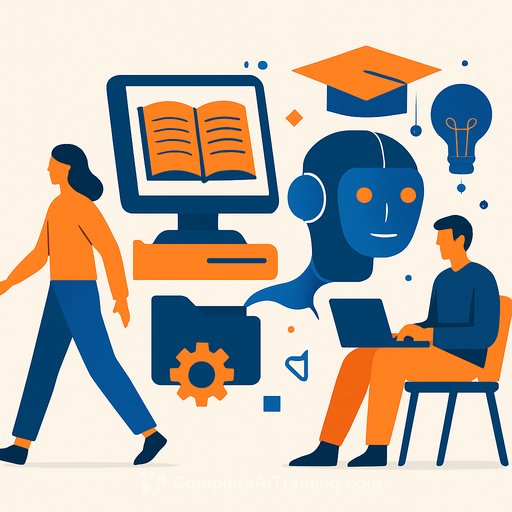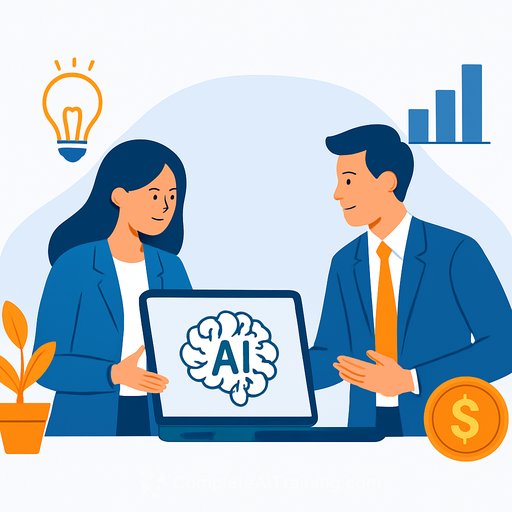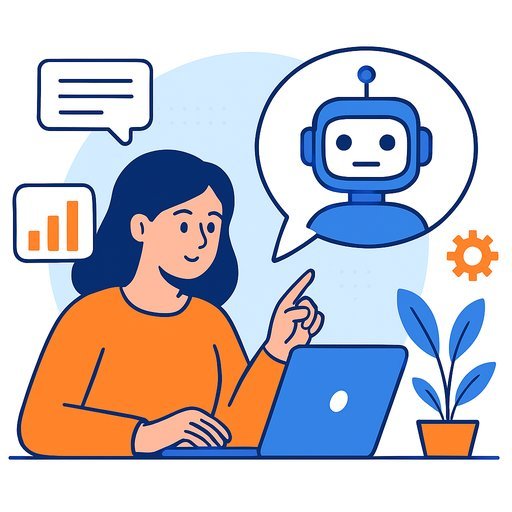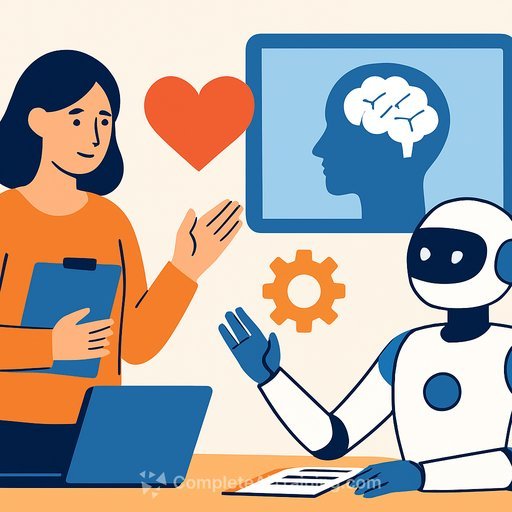Legacy learning is killing your AI potential
AI is no longer just a buzzword – it’s reshaping how we live and work. For those involved in Learning and Development (L&D), sticking to outdated methods means falling behind. To stay relevant, it’s time to drop the old playbook, adopt smarter tools, and take the lead in training, upskilling, and inspiring your workforce.
Why 2025 is a pivotal moment
AI has moved beyond being just a tool; it’s becoming part of everyday business and life. L&D can no longer be a sideline function. With the right platforms and mindset, it can lead the way in this shift.
The UK’s AI skills gap
The UK is a global AI innovation hub but faces a significant skills gap. AI technology is advancing faster than the workforce can adapt, creating a real challenge. Traditional education systems aren’t closing this gap quickly enough, which means learning strategies must evolve to keep pace.
Take ChatGPT as an example. In just a year, it has moved from novelty to essential. New AI tools—from predictive analytics to intelligent assistants—are ready to transform organisations. Yet many employees lack the knowledge to use AI responsibly. If we want an AI-driven economy that benefits everyone, workplace learning needs a fresh approach.
A new approach to Learning and Development
Traditional learning models often fail to engage younger workers who expect fast, compelling content. Workplace learning must be quick, digestible, and available on demand. This approach turns complex concepts into practical insights that stick.
Some companies are now using agentic AI in L&D. This means delivering voice-powered, adaptive learning experiences tailored to individual needs, preferences, and even emotions. These advanced features are found only in top-tier L&D platforms.
Three ways AI transforms workplace learning
- Hyper-personalised learning pathways: AI can assess an employee’s current skills, identify exactly which AI capabilities they need, and create a unique learning plan. This goes beyond generic training to focus on individual growth.
- Real-time adaptive learning: Learning platforms can adjust content on the fly, offering micro-learning, simulations, and hands-on projects aligned with the employee’s work. This keeps learning relevant and engaging.
- Practical skill development: AI-driven learning focuses on real-world application, delivering immediate results that contribute to business goals and building an adaptable, AI-savvy workforce.
Learning is everyone’s responsibility, but L&D has a unique opportunity
AI learning and skill development are no longer optional. Companies that upskill their workforce quickly are positioning themselves for future success. The UK government’s AI Opportunities Action Plan points to stronger regulation ahead, making it essential to embed governance into training programs.
L&D leaders should upskill themselves and collaborate closely with CTOs and tech teams to ensure their platforms include the latest AI capabilities. This is the moment to move beyond basics and build a workforce ready for AI’s potential.
Preparing for AI isn’t just about compliance or readiness—it’s about seizing growth opportunities today, one empowered learner at a time.
```Your membership also unlocks:





